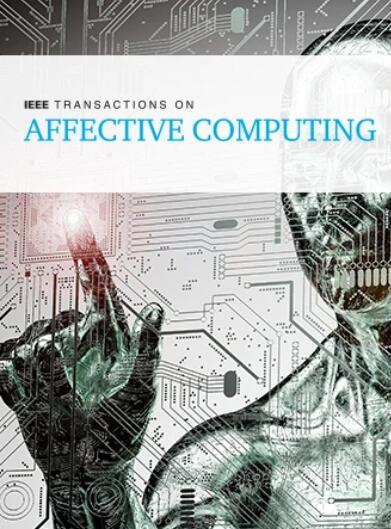Interpretation of Depression Detection Models via Feature Selection Methods
IF 9.6
2区 计算机科学
Q1 COMPUTER SCIENCE, ARTIFICIAL INTELLIGENCE
引用次数: 33
Abstract
Given the prevalence of depression worldwide and its major impact on society, several studies employed artificial intelligence modelling to automatically detect and assess depression. However, interpretation of these models and cues are rarely discussed in detail in the AI community, but have received increased attention lately. In this article, we aim to analyse the commonly selected features using a proposed framework of several feature selection methods and their effect on the classification results, which will provide an interpretation of the depression detection model. The developed framework aggregates and selects the most promising features for modelling depression detection from 38 feature selection algorithms of different categories. Using three real-world depression datasets, 902 behavioural cues were extracted from speech behaviour, speech prosody, eye movement and head pose. To verify the generalisability of the proposed framework, we applied the entire process to depression datasets individually and when combined. The results from the proposed framework showed that speech behaviour features (e.g. pauses) are the most distinctive features of the depression detection model. From the speech prosody modality, the strongest feature groups were F0, HNR, formants, and MFCC, while for the eye activity modality they were left-right eye movement and gaze direction, and for the head modality it was yaw head movement. Modelling depression detection using the selected features (even though there are only 9 features) outperformed using all features in all the individual and combined datasets. Our feature selection framework did not only provide an interpretation of the model, but was also able to produce a higher accuracy of depression detection with a small number of features in varied datasets. This could help to reduce the processing time needed to extract features and creating the model.用特征选择方法解释抑郁症检测模型
鉴于抑郁症在全球范围内的流行及其对社会的主要影响,几项研究采用了人工智能建模来自动检测和评估抑郁症。然而,人工智能社区很少详细讨论这些模型和线索的解释,但最近受到了越来越多的关注。在本文中,我们的目的是使用几种特征选择方法的框架来分析常见的特征及其对分类结果的影响,这将为抑郁症检测模型提供解释。所开发的框架从38种不同类别的特征选择算法中聚合并选择了最有希望用于抑郁症检测建模的特征。使用三个真实世界的抑郁症数据集,从言语行为、言语韵律、眼动和头部姿势中提取了902个行为线索。为了验证所提出的框架的可推广性,我们将整个过程分别应用于抑郁症数据集和组合抑郁症数据集。所提出的框架的结果表明,言语行为特征(如停顿)是抑郁症检测模型最显著的特征。从语音韵律模态来看,最强的特征组是F0、HNR、共振峰和MFCC,而对于眼睛活动模态,它们是左右眼运动和凝视方向,而对于头部模态,则是偏航-头部运动。使用所选特征(即使只有9个特征)对抑郁症检测进行建模的效果优于使用所有单独和组合数据集中的所有特征。我们的特征选择框架不仅提供了对模型的解释,而且能够在不同的数据集中使用少量特征来产生更高精度的抑郁症检测。这有助于减少提取特征和创建模型所需的处理时间。
本文章由计算机程序翻译,如有差异,请以英文原文为准。
求助全文
约1分钟内获得全文
求助全文
来源期刊

IEEE Transactions on Affective Computing
COMPUTER SCIENCE, ARTIFICIAL INTELLIGENCE-COMPUTER SCIENCE, CYBERNETICS
CiteScore
15.00
自引率
6.20%
发文量
174
期刊介绍:
The IEEE Transactions on Affective Computing is an international and interdisciplinary journal. Its primary goal is to share research findings on the development of systems capable of recognizing, interpreting, and simulating human emotions and related affective phenomena. The journal publishes original research on the underlying principles and theories that explain how and why affective factors shape human-technology interactions. It also focuses on how techniques for sensing and simulating affect can enhance our understanding of human emotions and processes. Additionally, the journal explores the design, implementation, and evaluation of systems that prioritize the consideration of affect in their usability. We also welcome surveys of existing work that provide new perspectives on the historical and future directions of this field.
 求助内容:
求助内容: 应助结果提醒方式:
应助结果提醒方式:


